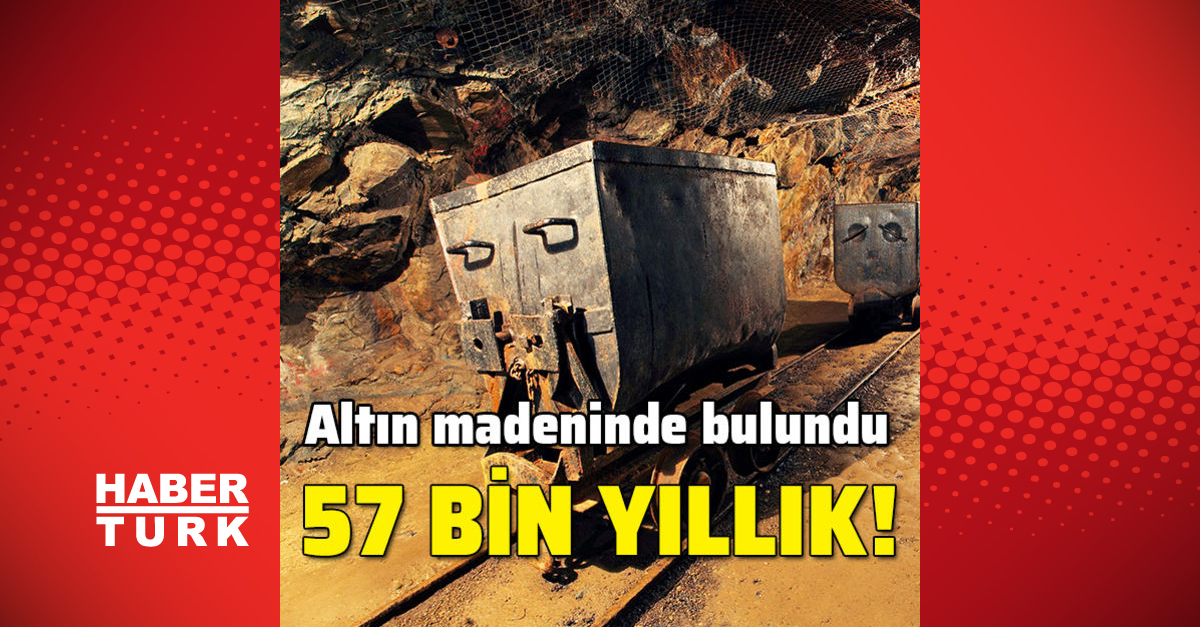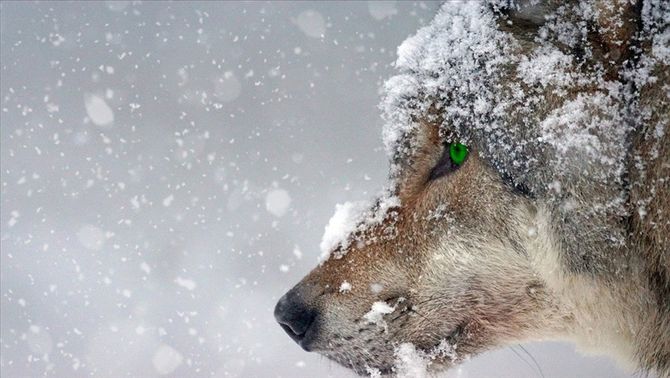
[ad_1]
The scientific team, which first shared some of the findings of the fossil found in 2016 in a mine in Yukon, Canada, declared that the fossil belonged to a rare species and to a perfectly preserved wolf cub.
“The most complete mummified gray wolf from this era ever found,” says paleontologist Julie Meachen, lead author of the study, published in the latest issue of the scientific journal Current Biology, of the 57,000-year-old animal fossil. “Everything is in its place. Even its internal organs are intact. We can learn much more from an animal with skin, fur and organs than we can learn from bones. It’s amazing that we can get all these details from it.”
The fossil of the animal, which was determined to live in the ice age, was named Zhur, which means wolf in the Han language used by the locals of Yukon.
Through various tests and analyzes, the research team was able to determine that the wolf cub died in its den at just seven weeks old. As a result of genetic testing, the scientific team discovered that the wolf was not similar to the wolves found in North America today.
“We saw that Zhur is closely related to ice age wolves in Europe. This is really interesting because it tells us that there was a massive population change in North America with gray wolves at the end of the ice age,” says the paleontologist Grant Zazula, of the research team.
The science team noted that the little wolf’s last meal was fish, not a bison or deer, as expected.
Zhur is on display at the Beringia Museum in Whitehorse, the Yukon state capital.
